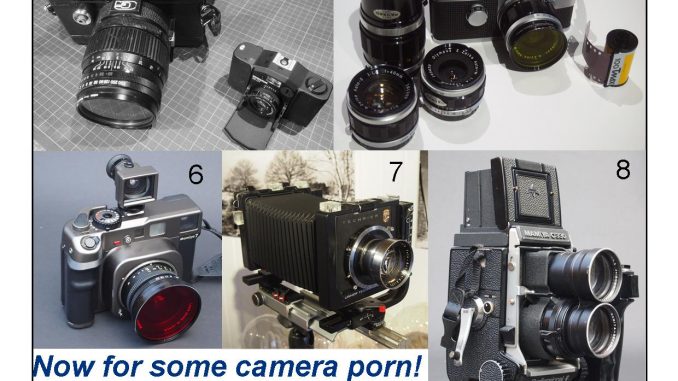
The Joy and Beauty of Film Photography
By Dirk Dom
When I’m out there photographing with my serious cameras, people often ask me questions. Most of the time they are surprised that film still exists or don’t even know there is such a thing as film. So I made a little flyer about it and give it to them. This is what it has to say.
Film: Grain
The image in black and white film is made out of little silver grains. The size of the grain gets bigger when you use film which is more sensitive to light. Low sensitivity film has almost invisible grain. The grain size of an image also depends on the amount of light it got and the development process. Grain can be extremely beautiful: It gives the print an extra dimension!
Color film
Here, the grains of the original silver image are transformed into little blotches of color. The more sensitive the film, the larger this “grain”. The color of the individual grain is nicely in agreement with the general color of the image although it differs, which makes it beautiful and not disturbing.
The colors of a film image sometimes come out as a complete surprise, especially when the light was interesting. The way of rendering is different with every film and offers lots of creative potential.
My opinion is that emulating film from a digital image makes no sense.
Color Filters are Needed in Black and White Photography
Blue sky and white clouds will render in the same gray tone on black and white film because they have the same brightness level. The sky will then look uniform gray or white.
Screwing a yellow filter in front of the lens, the blue sky (complementary to yellow) will get much darker while the clouds remain bright: Your sky will be beautiful and interesting!
Orange and red filters are also used to darken skies, showing a more dramatic and different effect.
Burning and Dodging
The image from the negative is the template on which you paint with grey tones. Burning is making part of the photograph darker, dodging is making part of it lighter. The photo gets much stronger. You can do this in color, too.
The creative potential of black and white is enormous, much greater than that of color images.
Burning and dodging take time. The way your image will look is completely personal. The photograph needs to have all tones from black to white. If you’re too busy with your computer and have no time to get out there to shoot, I suggest you buy a few rolls of the new Fuji pre-exposed film, which comes in a variety of subjects. Your photo club will be astounded!
About Film
You have black and white, color negative (print) and slide (positive transparency) film in various brands and sensitivities.
Film is readily available and not in decline at all. Film costs about $7 a roll, development is about $6.There are different sizes of film. Really large sizes come in sheet film.
Black and white you can easily develop yourself, color is more complicated and has to go to a lab.
The image size differs from camera to camera. My cameras expose between 4 and 72 shots a roll. Film costs: I don’t shoot anything which I think I won’t print, but I also experiment a lot.
You can either print in a darkroom with an enlarger (no computer) or scan film and use Photoshop and a printer.
Ansel Adams said: “The negative is the score, the print is the performance”. Quality prints are awesome. They are what makes photography expensive: Printing makes the difference in cost between digital and film negligible.
Don’t forget to unroll the film before you put it into your camera to check if there isn’t any image on it!
Photographing Larger Film Sizes
It’s not about megapixels or line pairs per millimeter specifications. It’s about beauty!
Lenses for larger film formats render the image in a very different, much more beautiful way. Negatives get creamy smooth and the unsharp parts get exquisite, even with very cheap lenses.
This makes using larger formats very worthwhile, even if the handling of the cameras gets a bit more difficult as you have no more automation.
This has advantages, however:
It slows you down considerably, so it makes you think about your image. Thus your photography gets a lot better.
Nowadays you can get incredible film cameras for pennies on the dollar instead of paying ten or twenty thousand dollars for a digital medium format camera. Using them may be a very special experience. And if you don’t like the camera: Hey!, It’s not digital, you can sell it for about the amount you bought it for!
Dirk.

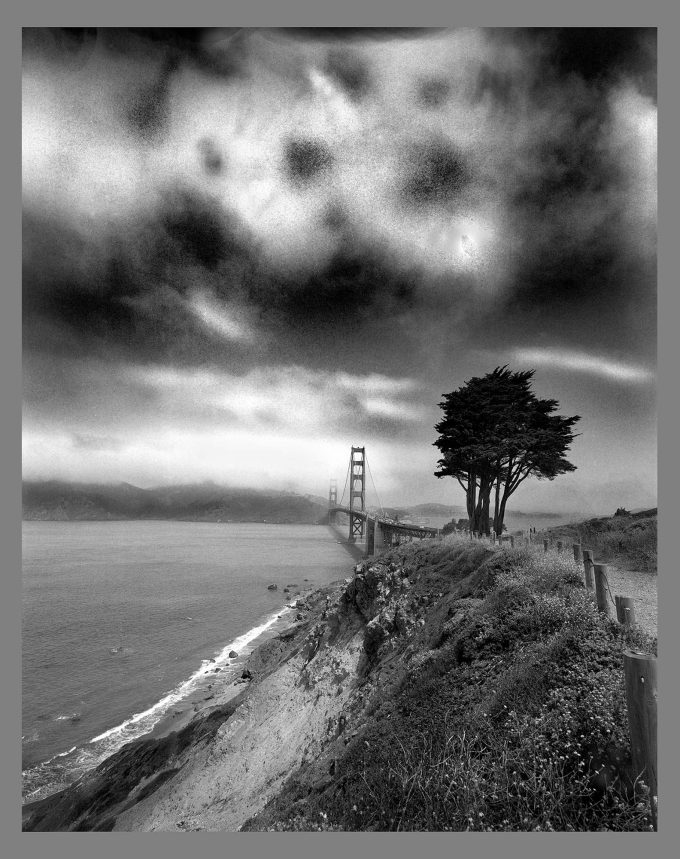
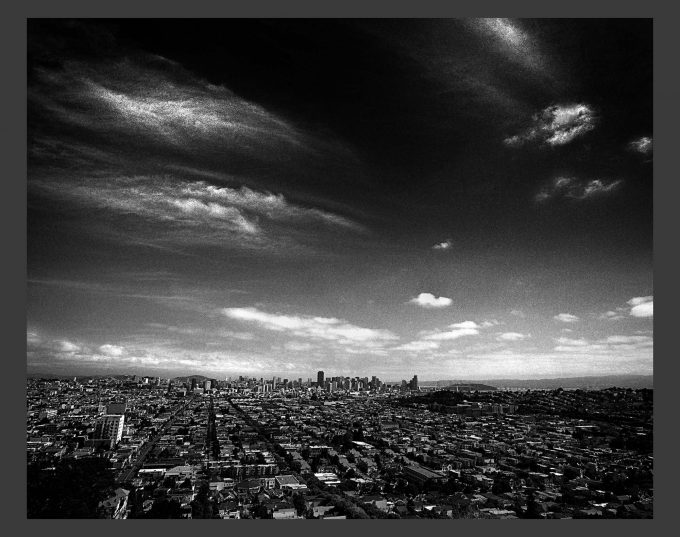

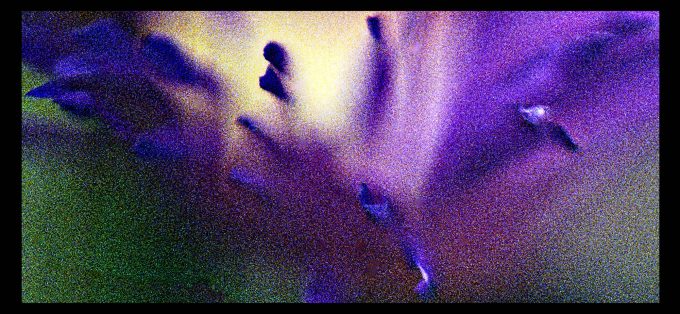
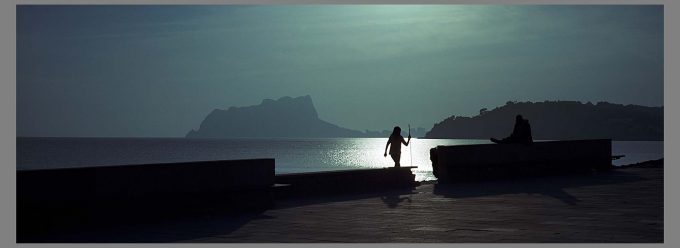
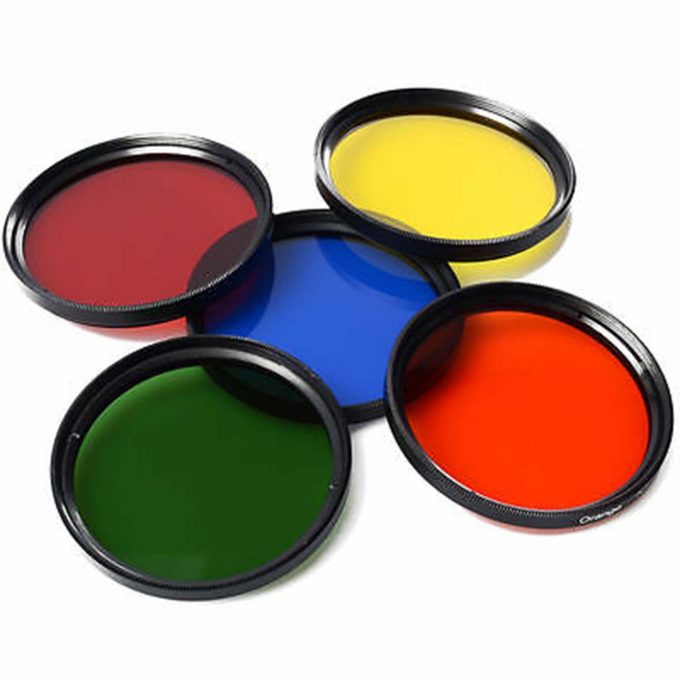
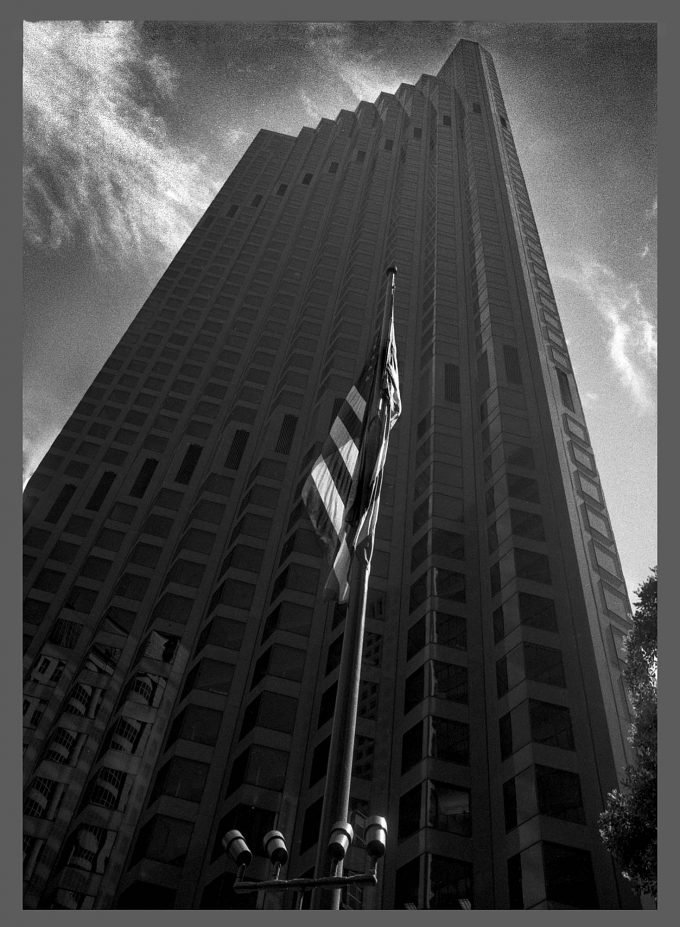
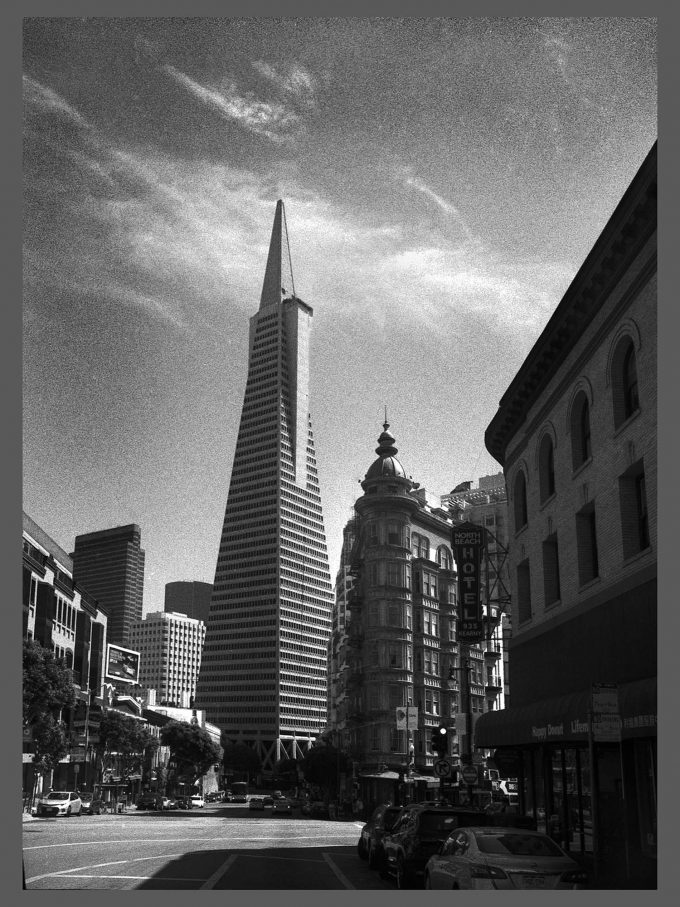
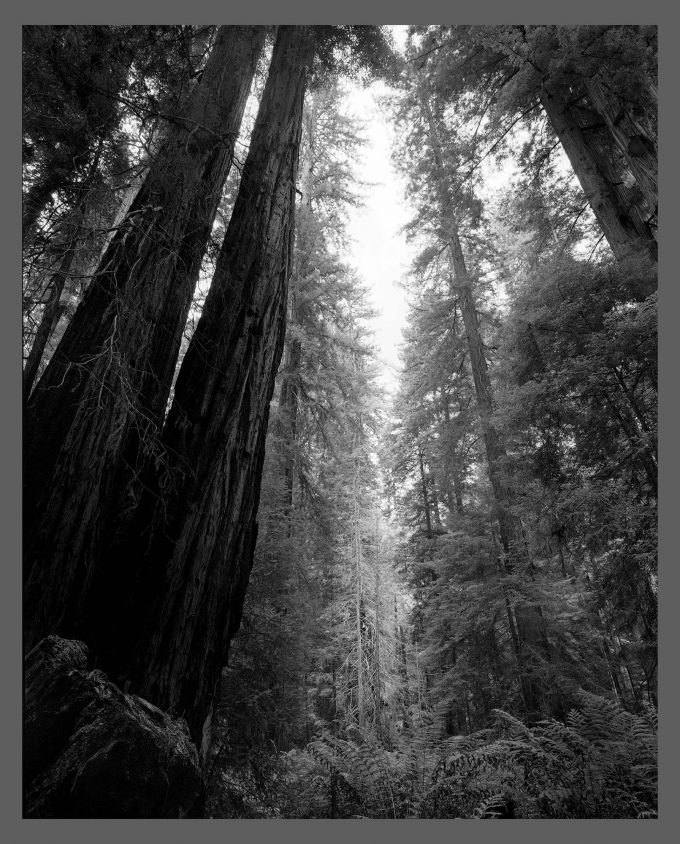
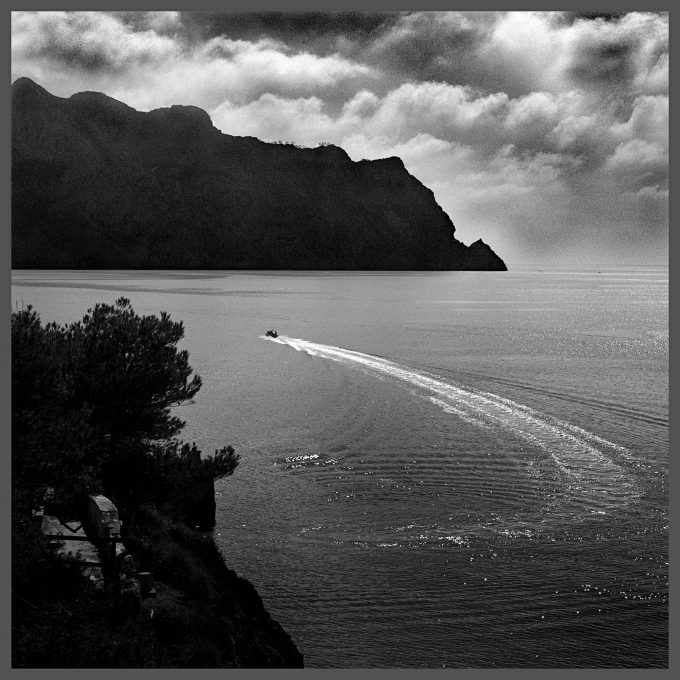
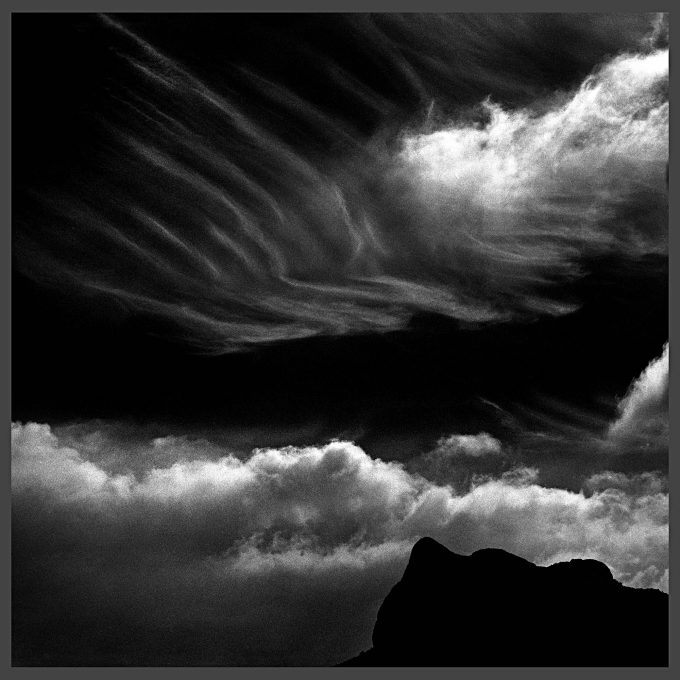
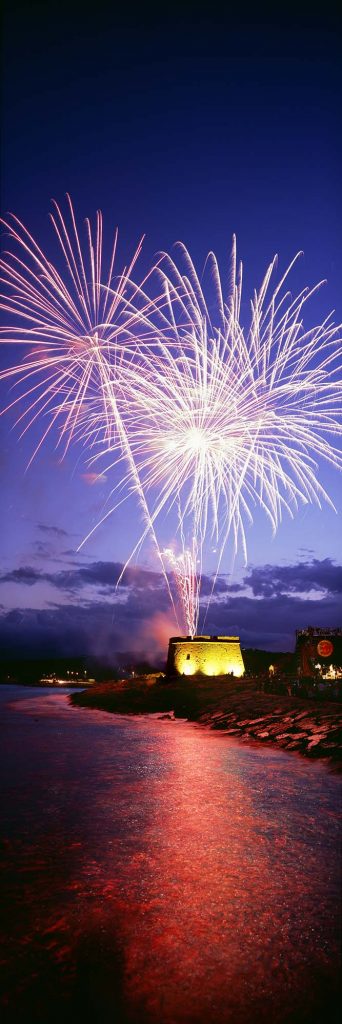
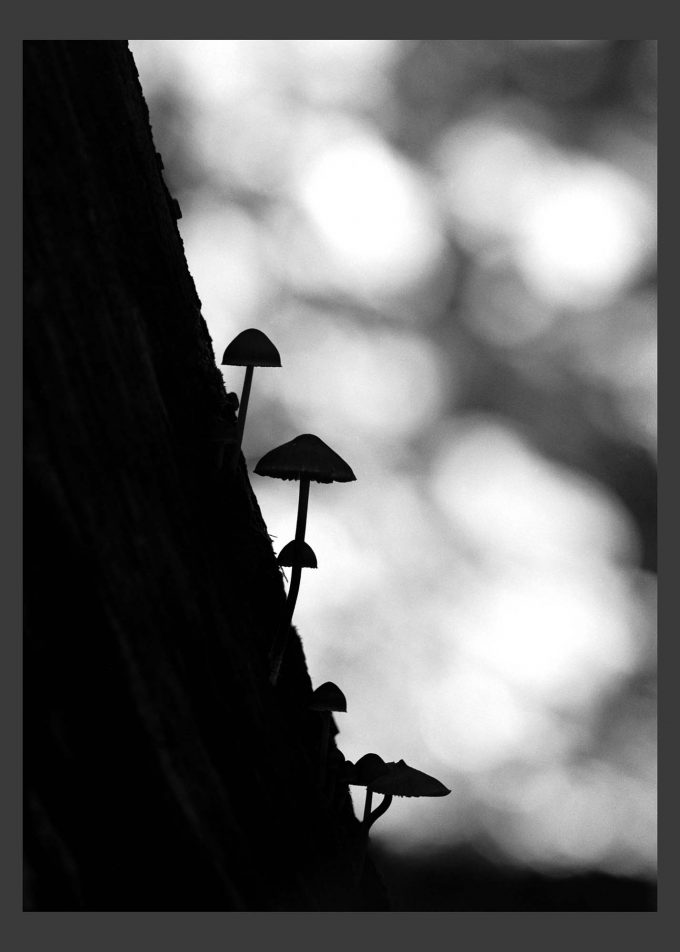
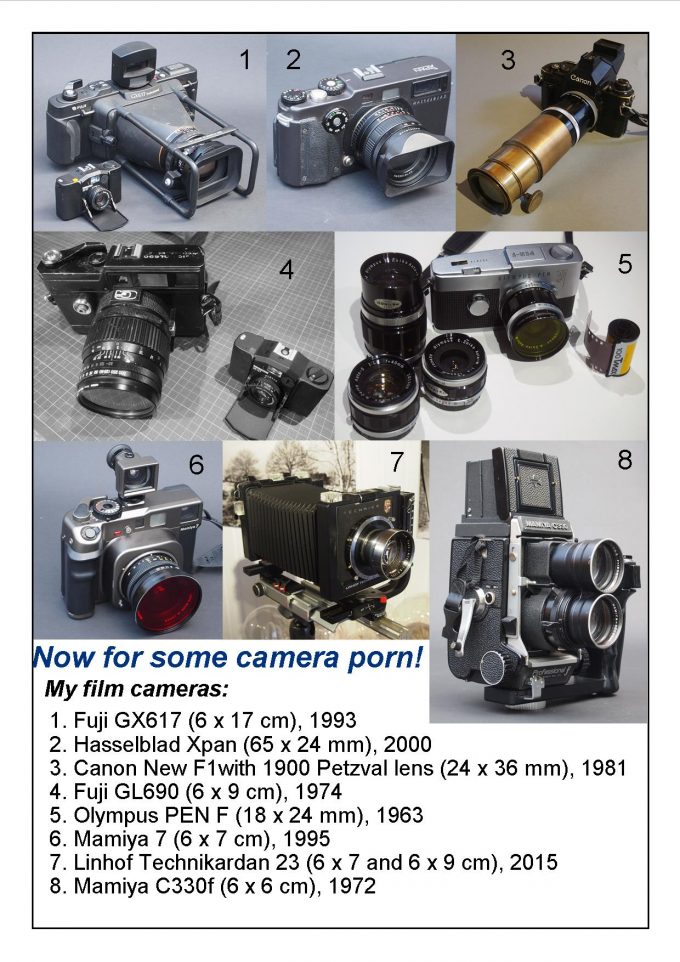


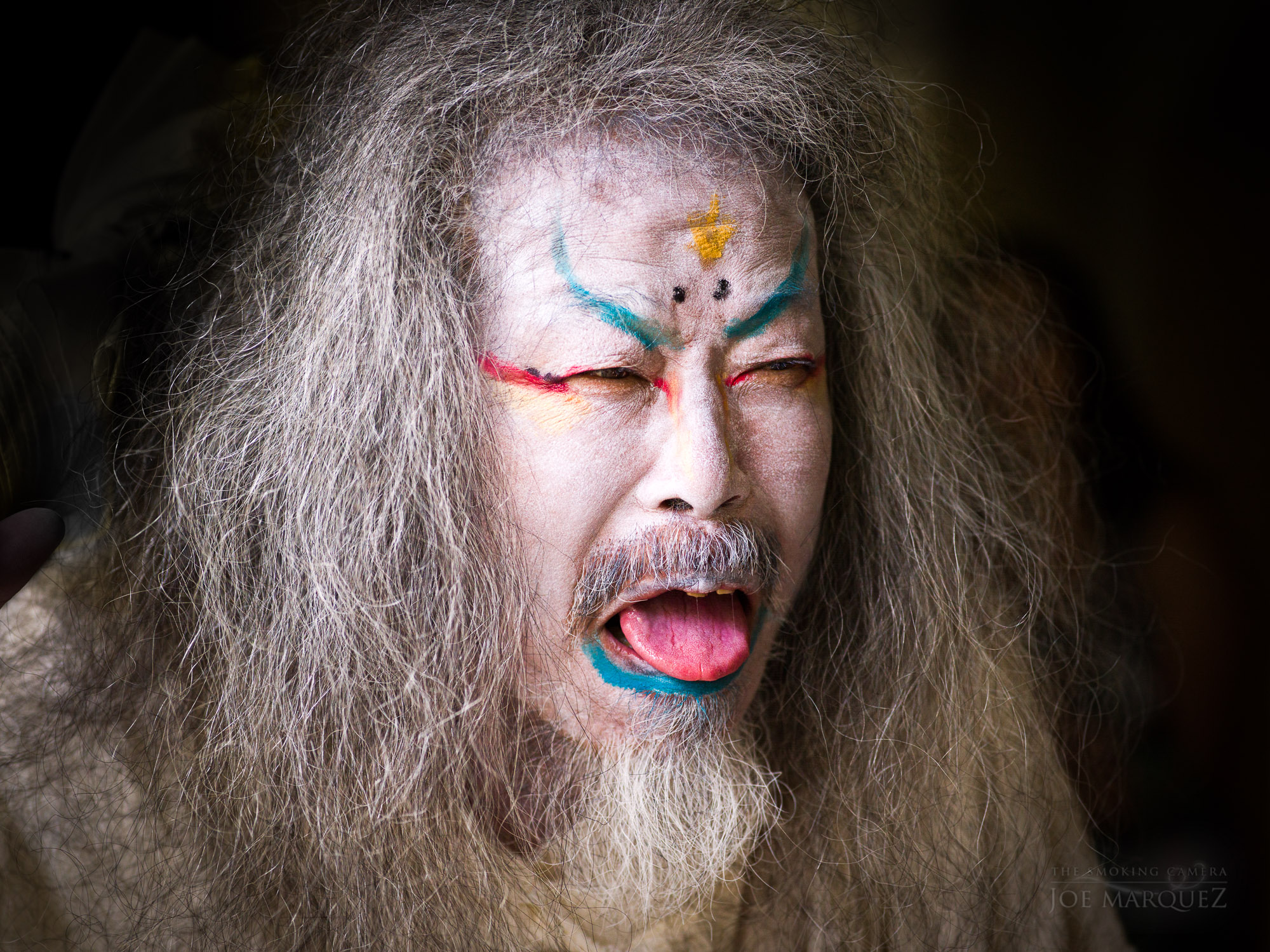
This site is not 100% digital. IN fact there are WELL over 300 film articles here ; )
It´s funny… trying to convince people about film on a website that itself is inherently 100% digital. Once your image ends up on a PC it makes a lot more sense to start digital and skip the analog intermediate step. Also grain can be emulated perfectly by filters now.
Hi Dirk
I was wondering if you would be so kind as to gift me the Mamiya? Oh you will? Thanks so much! When you’re ready I’ll give you my address.
Hi,
That would indeed be a nice solution.
My medium format images are about 50 megapix scanned and I have a Canon FD 50mm macro lens which is extremely sharp!
Thanks!
Dirk.
thanks for the reply, Dirk
I don’t use my V800 for digitizing any more, I use the Sony A7RII with a 60mm macro over a Kaiser slimlite LED 5000k as light source. Perfect focusing and resolution even higher than V800 depending on the magnification. For 6×17 I stitch multiple parts of the picture. PP with LR and/or PS.
Hi,
Grain in skies is indeed sometimes very strong.
This is Tmax 400 film pushed for 800 ASA,/x/ negative, and I burnt the skies.
Maybe its grain aliasing in the scan. I use an Epson V750. Lately I don t have this problem any more, maybe becaue I scan at lower resolution (3200PPI)and two software upgrqdes of Silverfast.
Dirk.
In regards to color images which is what I shoot, I much prefer digital. I was rarely ever satisfied with the results I got from labs when I had my color images enlarged and printed. With digital I’m free to adjust my images as I see fit and print them myself allowing me to obtain the results I desire.
Fabulous pictures !! Dirk know what he talks about Seek it in …*Simplicity*. I know a person that made Apple the company it became to be what it is
Some really beautiful images there, Dirk, and I especially like the B&W photos. As a film buff myself, I also cringe at the efforts to make digital images “look like” a particular film stock, or adding noise to mimic film grain. If people want the film look then just shoot film! Old film cameras can be found on eBay or maybe in local camera stores. The investment costs are not that high to give it a try.
my comment from the 10. October is still ‘awaiting moderation’
what is wrong with my comment, Steve?
Permission to copy and print as a little brochure to keep with me for when brain tells me to be lazy with my digi / telephoto / autofocus
It’s where I started and I hope it’s with me for many more years
Thank you for some astonishing images
I had over 30 years of film experience (shooting, & developing/printing in my darkroom).
I’m all digital and don’t miss film at all. Film images have low dynamic range, and the grain is very distasteful to my eye.
I’ll never go back to film.
The most enjoyable article on photography I’ve read for a long time. And beautifully exemplified (not just “illustrated”!) in the pictures. And I come away wondering why don’t I stick to B&W and make it film while I’m about it ! Thankyou
Hi Dirk,
my camera collection looks similar to yours,
from the Minox 35, Noblex Panorama, Petzval (but the new 85mm one), 6×6 Hasselblad and 6×10 Brooks Plaubel Veriwide 100, 6×17 like yours and a 6×17 pinhole to two 4×5 LF.
My problem is, witch camera to use when? 🙂
But I have a problem with most of your skies! For example the first picture. The grain in the sky looks artificial with some spots with no grain at all and overdone compared to the rest of the image with very low grain in the landscape? The same with some of the other pictures.
regards
dierk
Very nice article.beautiful shots.
I bought the little Minox for fun, but something is wrong with it as it drains its battery in two weeks. So I don’t shoot it. Like it a lot though. As a comparison with other camera’s it makes for a nice image!
Dirk.
Developing at home is indeed possible, but you have to take great care with temperature.
I didn’t mention it in the flyer because of limited space.
Dirk.
Hi,
With black and white, you can make very extreme changes in grey tones and so radically change the looks of the image while it still stays natural, you can get very graphic if you want. On my little flyer (8 A6 size pages) I had very limited room to show this. With color, I feel these possibilities of change are much more limited.
Dirk.
Hi,
Humor, of course.
Dirk.
Simply Fantastic !!!
Marvelous gears
Fantastic photographs that we can only get with film.
BRAVO !
I do not give you the list of my film gears.
From nearly less than 100 items, my top list : Leica M3, Contax T, Nikon FM3, Yashica Mat 124 G, Leica IIIA, …
Thanks deeply.
I don’t comment often, but I just have to say that these are my favorite photographs posted here in quite some time. The use of light, compositions and atmosphere of these photos is amazing – plus the graininess and character film really does it for me.
Dirk your photos are great and I love the fact you made them on real film with classic cameras and lenses. I totally agree with you about the joy and beauty of film photography which you have illustrated to such good effect.
Now I am off to dust off my old film camera gear, grab some film and then away out to practice some real photography for a change. Thank you for the inspiration.
Dirk- no mention of that Minox 35 in your camera roundup?
Lovely write up and encouraging for all those disillusioned by new cameras every week
Oh and absolutely love the photography – which ultimately this is all about – art, composition, tone, colour, subject and especially Light
I agree with all the pros the author mentions about film photography. I am, however, puzzled about the sentence reminding one to unwind the film before loading to see if there are any pictures on it. Humor? Or have I been away from film too long?
You can’t just make a claim like, “the creative potential of black and white is… much greater than that of color images,” without anything to support it. I don’t even understand what your method is for measuring the amount of creative potential.
And black and white and color film can both be developed at home through similar processes.